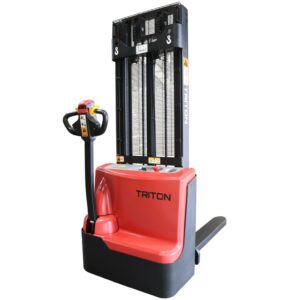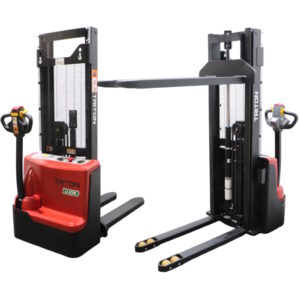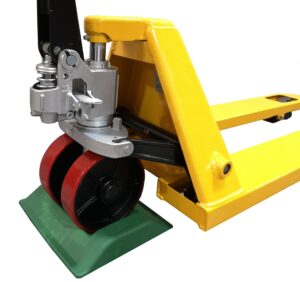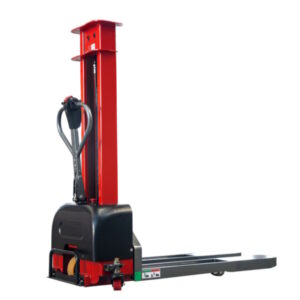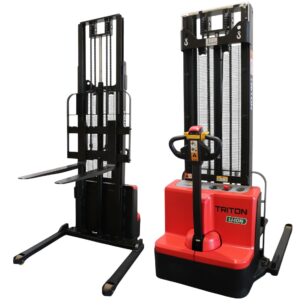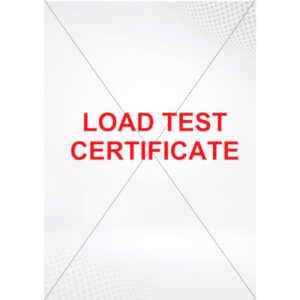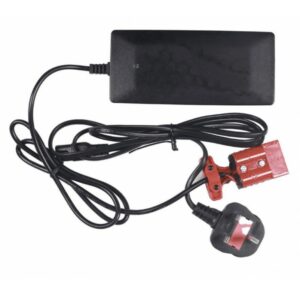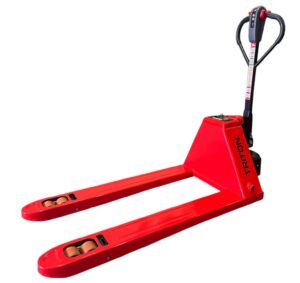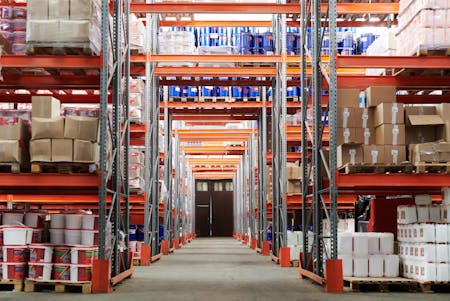Efficient warehouse operations are the backbone of a successful supply chain. Productivity in a warehouse isn’t just about speed – it’s about accuracy, efficiency, and optimising every aspect of workflow for smooth operations. Measuring and improving warehouse productivity requires careful assessment, strategic planning, and the right equipment to streamline processes.
Measuring Warehouse Productivity
The first step to improving productivity is understanding how efficiently your warehouse currently operates. Key performance indicators (KPIs) provide valuable insights into different aspects of warehouse efficiency.
- Receiving Efficiency – Measures how quickly and accurately goods are checked in upon arrival.
- Put-Away Cycle Time – Tracks how long it takes to move goods from the receiving area to their designated storage locations.
- Picking Accuracy and Efficiency – Measures how quickly and correctly items are retrieved for orders.
- On-Time In-Full (OTIF) Rate – Tracks how many orders are shipped on time and without errors, helping identify bottlenecks.
Regular warehouse audits also help assess productivity by evaluating order fulfilment rates, stock accuracy, and potential inefficiencies in workflow.
Signs of Poor Warehouse Performance
A productive warehouse should operate seamlessly. However, inefficiencies can slow down operations and impact customer satisfaction. Some common warning signs include:
- Delays in Receiving and Put-Away – Slow unloading and poor organisation in storage areas create backlogs.
- Difficulty Locating Items – Poor inventory management results in wasted time searching for stock.
- Stock Shortages – Running out of key items indicates inefficiencies in demand forecasting and restocking.
- High Order Error Rates – Incorrect shipments lead to costly returns and dissatisfied customers.
- Bottlenecks – Whether in picking, packing, or shipping, any delays disrupt overall efficiency.
Improving Warehouse Productivity
So, you have identified the signs of poor performance in your warehouse – but how do you optimise it? That depends on the specific inefficiencies, but as a rule of thumb there are some tips that all warehouses should follow…
- Invest in Training and Reliable Manual Handling Equipment
The efficiency of a warehouse heavily depends on how smoothly goods move through different stages. Good training, coupled with high-quality pallet trucks, lift tables, and manual stacker trucks, will help workers transport heavy loads quickly and safely, reducing downtime and fatigue.
Phil Chesworth, Managing Director of Midland Pallet Trucks, explains. “A well-organised warehouse needs reliable manual handling equipment to keep operations running efficiently. Investing in high-quality pallet trucks ensures that goods are moved safely and quickly – in a word, efficiently!”
- Optimise Warehouse Layout and Organisation
A well-structured warehouse minimises wasted time and effort. Using clear labelling, strategic slotting, and designated pathways for forklifts and pallet trucks improves efficiency. Ensuring high-demand items are stored in easily accessible locations speeds up the picking process.
- Leverage Technology for Accuracy
Barcode scanners, RFID tracking, and automated inventory systems help improve stock accuracy and reduce time spent searching for items. Technology also aids in forecasting demand and managing stock levels more effectively – never risking

